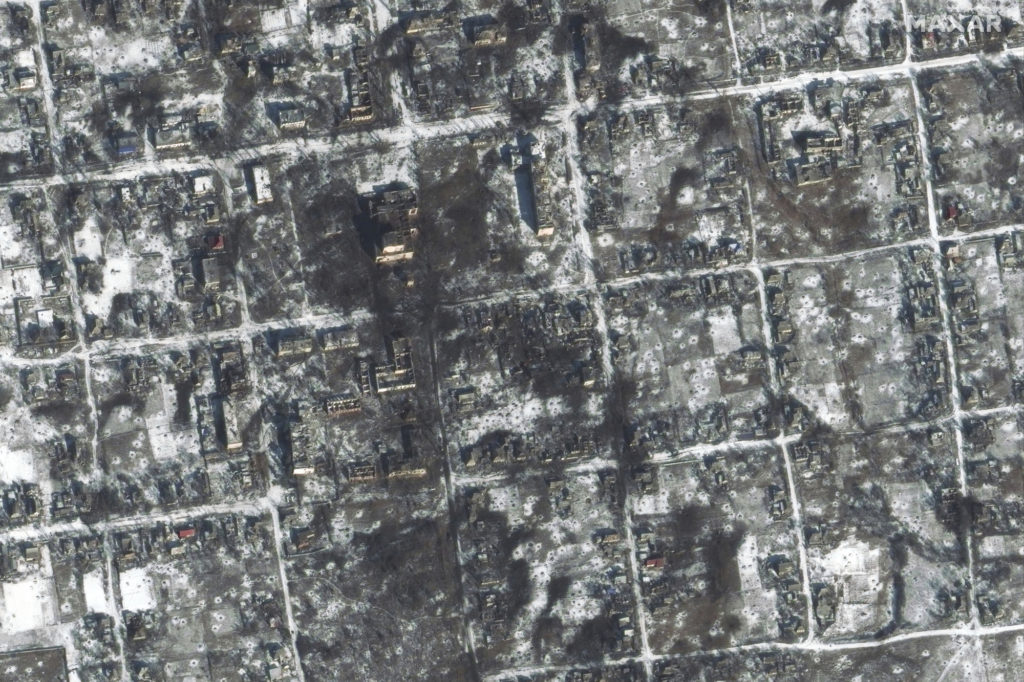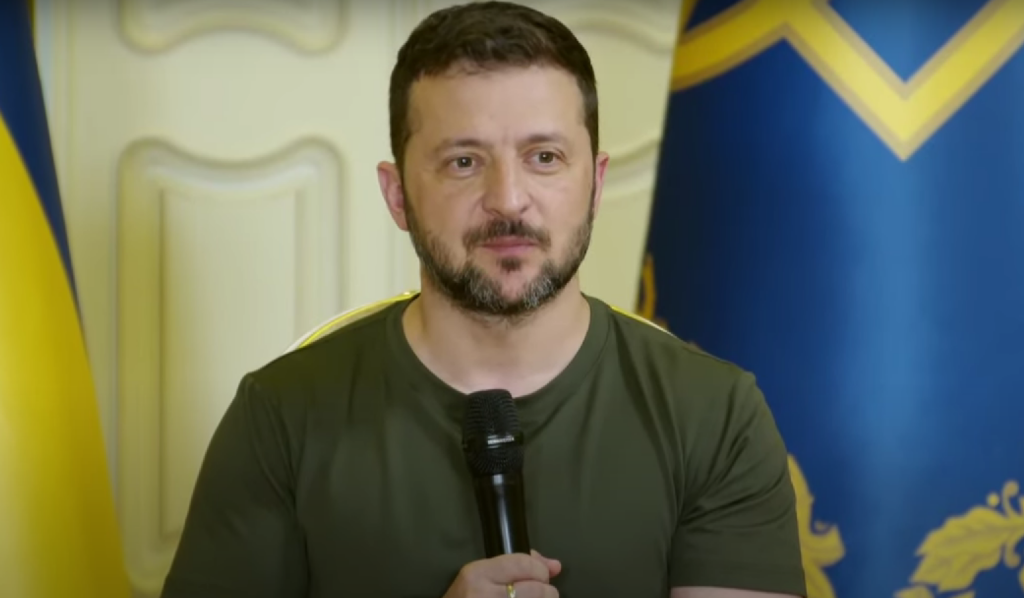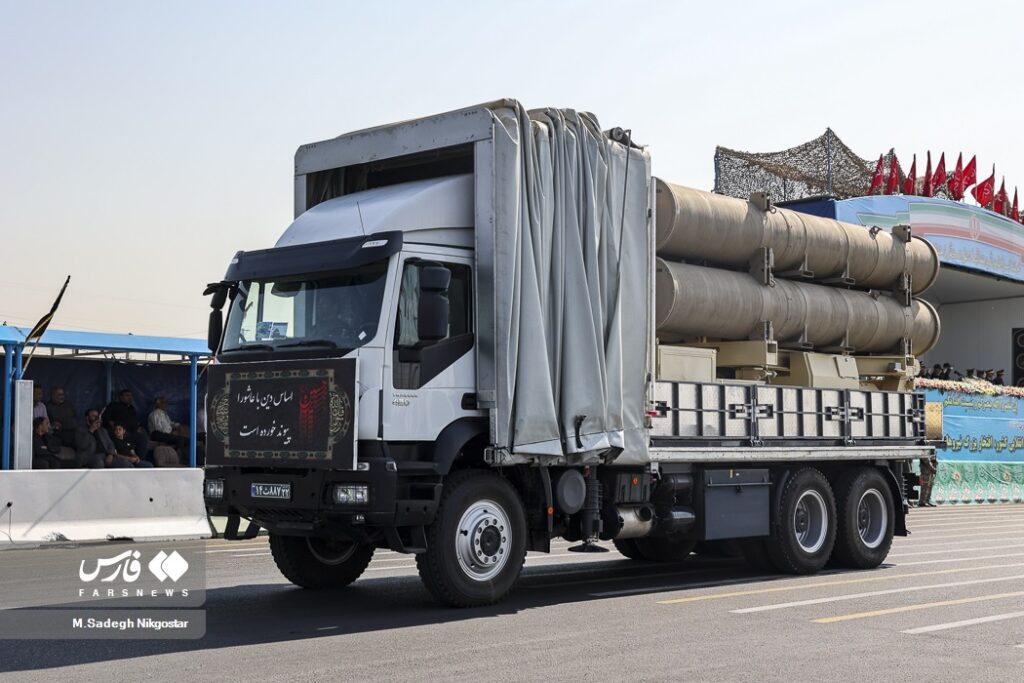OSINT agency: Cooperation between Russia and satellite imagery providers is possible despite sanctions
OSINT agency Molfar uncovered new evidence that satellite images are being used for preliminary surveillance of targets and adjusting subsequent strikes by Russia against Ukraine, as well as possible cooperation between Russia and satellite imagery providers.


On 18 March 2024, The Atlantic reported that there is a possible link between the sale of commercial satellite images and Russian missile strikes on Ukraine. The author contacted a company that analyzes these images, and they noticed a recurring pattern. First, someone buys a satellite image of a particular area, and a few days later, a Russian missile hits that location. This scenario has been repeated multiple times throughout 2022.
Analysts at the Molfar agency, who specialize in OSINT (open-source intelligence) research, decided to verify this hypothesis and conducted a post-investigation based on The Atlantic’s material. Molfar analysts confirmed The Atlantic’s investigation and uncovered new evidence that satellite images are being used for preliminary surveillance of targets and adjusting subsequent strikes.
In addition, HUMINT (human intelligence) investigation proved that cooperation between Russia and Maxar’s intermediary companies is possible. Despite sanctions and statements about restrictions, this industry continues to fuel Russian attacks against Ukraine.
According to Molfar, analyzing the number of images “before” and “after” the shelling of different territories reveals a clear pattern that confirms the dependence between satellite images and strikes. This indicates the targeted use of this data for military actions, specifically for adjusting subsequent attacks.
Molfar analysis
Molfar analysts examined 321 Russian missile strikes from 24 February to 31 December, 2022, focusing on areas without active combat. In 277 out of 321 cases, satellite images of exact strike locations were ordered a few days before the attack. The average time between image orders and strikes was 2-3 days.
High-resolution images (30cm to 1m) are most useful for strike planning. Molfar found specific cases where images were ordered shortly before attacks.
On such example includes a Russian attack on Myrhorod. In the week leading up to the missile strike on Myrhorod, there were at least nine requests for images of the airfield near Myrhorod. On 2 April, Russian missiles struck the area.
Similar orders preceded strikes in other cities in Kyiv and Lviv. In the latter case, when US President Joe Biden was visiting Poland in March 2022, satellite images of military factories were ordered.
Molfar’s HUMINT specialists pretended to be Kazakhstani citizens and successfully purchased Maxar images through resellers, showing that Russians could potentially do the same.
”So, if you pretend to be, for example, a representative of a Kazakhstani company, using a completely fake name, company name, and corporate email, and contact resellers from other countries, the American providers will not check you. At least, this is exactly what our experiment demonstrated,” Molfar writes.
Molfar notes that ”the image orders were placed through various marketplaces and resellers, making it difficult to trace the end buyer.”
Maxar and Planet
Maxar and Planet, the companies allegedly providing the satellite images, claim they thoroughly vet their clients and adhere to US laws, which have prohibited transactions with Russia since February 2022.
Maxar notes that the company ceased all cooperation with Russian organizations, including trade intermediaries.
Planet states that they provide images to responsible entities such as governments, humanitarian organizations, and media outlets.
Read more:
- We tracked secret Russian missile launchers in Ukraine using public satellite data
- The Atlantic: Ukrainian insider suggests Russia’s precision strikes rely on US satellite imagery
- Satellite imagery reveals how weak Kyiv city lights has become after Russia’s attacks on electricity grid
- Satellite imagery captures damage to Russian military facility in occupied Luhansk
You could close this page. Or you could join our community and help us produce more materials like this.
We keep our reporting open and accessible to everyone because we believe in the power of free information. This is why our small, cost-effective team depends on the support of readers like you to bring deliver timely news, quality analysis, and on-the-ground reports about Russia's war against Ukraine and Ukraine's struggle to build a democratic society.
A little bit goes a long way: for as little as the cost of one cup of coffee a month, you can help build bridges between Ukraine and the rest of the world, plus become a co-creator and vote for topics we should cover next. Become a patron or see other ways to support.



